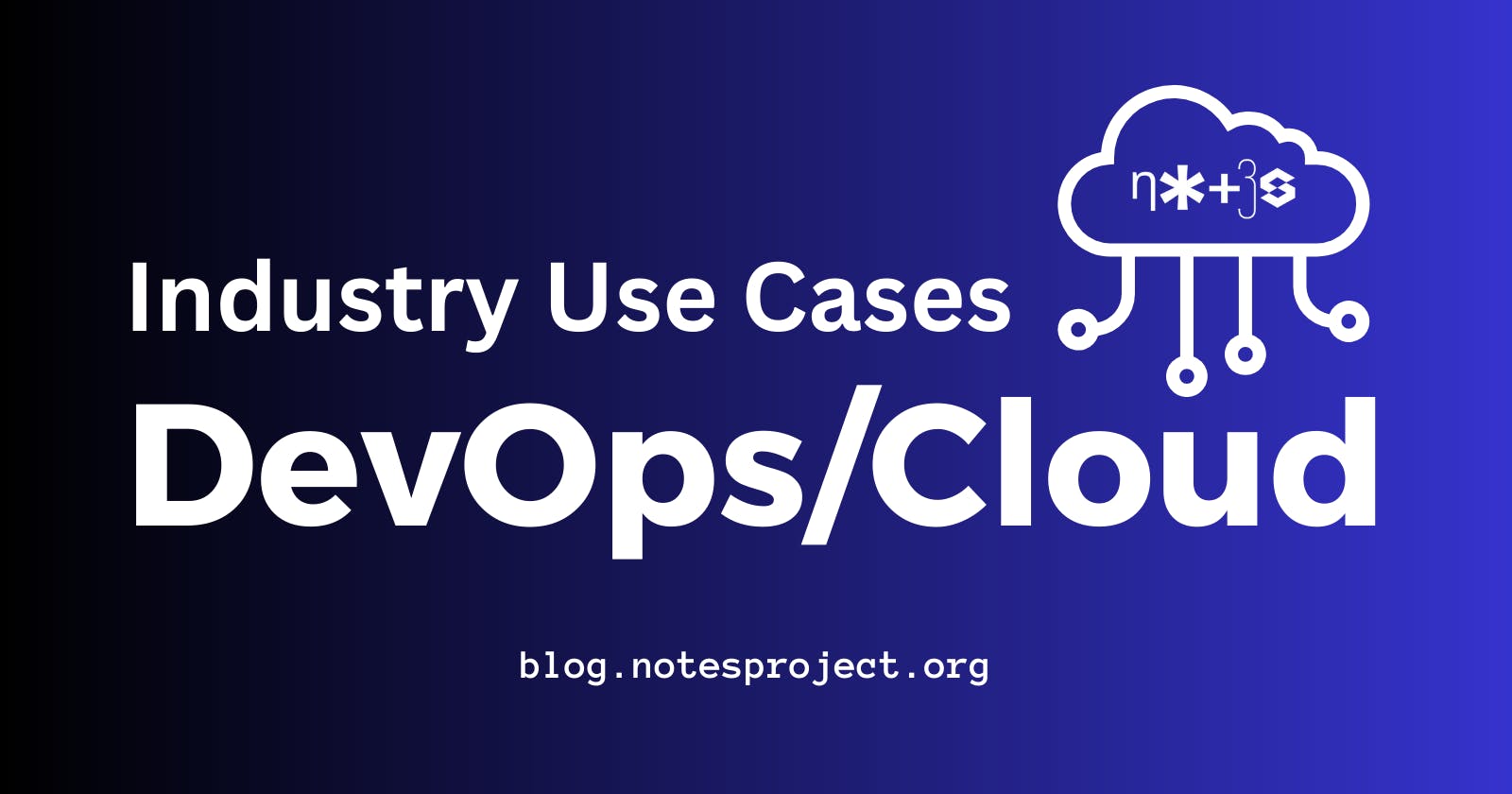Deploying a WordPress Application with MySQL on AWS using Docker and Exploring Three-Tier Architecture
Streamlining Application Deployment with Docker Containers and Three-Tier Architecture on AWS
In today's digital landscape, having a well-functioning and easily deployable web application is crucial. In this article, we will explore the process of deploying a WordPress application for writing a blog using Docker containers on AWS. We will specifically focus on the integration of WordPress with a MySQL database, along with an explanation of the three-tier architecture involved in this setup.
I. Understanding Three-Tier Architecture:
Before delving into the deployment process, let's grasp the concept of a three-tier architecture. It refers to a client-server architecture model that separates the application into three distinct tiers or layers: the presentation tier, the application tier, and the data tier. Each tier has its own responsibilities and interacts with the others to create a functional and scalable application.
Presentation Tier: The presentation tier is responsible for the user interface, allowing users to interact with the application. In our case, WordPress serves as the presentation tier, providing a user-friendly interface for creating and managing blog content.
Application Tier: The application tier contains the business logic and handles the processing of user requests. WordPress relies on PHP scripts to execute various operations, such as rendering web pages and managing user interactions.
Data Tier: The data tier involves the storage and retrieval of data. In our setup, MySQL serves as the database management system responsible for storing and managing the blog data created by users.
II. Deploying WordPress and MySQL with Docker on AWS:
To deploy the WordPress application with MySQL on AWS using Docker containers, follow these steps:
- Launching the MySQL Container: To create a container named "db" with the MySQL image, execute the following command:
docker run -dit --name db -e MYSQL_ROOT_PASSWORD=your_pass -e MYSQL_DATABASE=your_dbname -e MYSQL_USER=your_username -e MYSQL_PASSWORD=your_password mysql:latest
Explanation:
The
-eflag is used to specify environment variables.MYSQL_ROOT_PASSWORDdefines the root password for MySQL.MYSQL_DATABASEspecifies the name of your desired database.MYSQL_USERandMYSQL_PASSWORDset the username and password for accessing the MySQL database.
- Launching the WordPress Container: Next, launch a container named "mywp" using the WordPress image and map it to port 8080 with the following command:
docker run -dit --name mywp -p 8080:80 wordpress:latest
Explanation:
The
-pflag is used to map the container's port to the host's port.In this case, we are mapping the container's port 80 (default for WordPress) to the host's port 8080.
III. Accessing the WordPress Application:
Once both containers are running, you can access the WordPress application by following these steps:
Open your web browser and enter your server's IP address followed by port 8080 (e.g., http://your_ip_address:8080).
You will be directed to the WordPress installation page.
Fill in the required details, such as the site title, username, password, and email address, to set up your WordPress site.
Follow the on-screen instructions to complete the installation process.
Conclusion:
Deploying a WordPress application with MySQL using Docker containers on AWS allows you to create a flexible and scalable environment for managing your blog. By understanding the three-tier architecture and leveraging the power of containerization, you can easily deploy and manage your WordPress site while ensuring data persistence and isolation. Start exploring the possibilities today and unleash the potential of your online presence.
Note: Remember to follow best security practices, such as securing your passwords and restricting access
We hope you found this article helpful! If you enjoyed this content, please consider sharing it with others who might find it valuable. Don't forget to follow us for more informative articles and stay updated with the latest trends in technology and DevOps.
